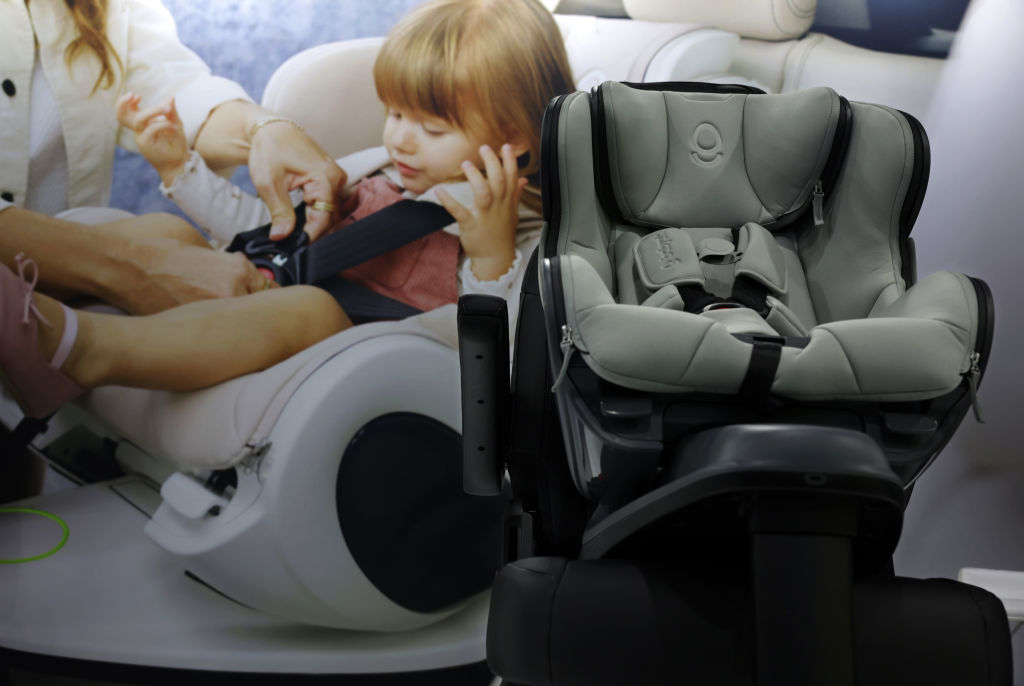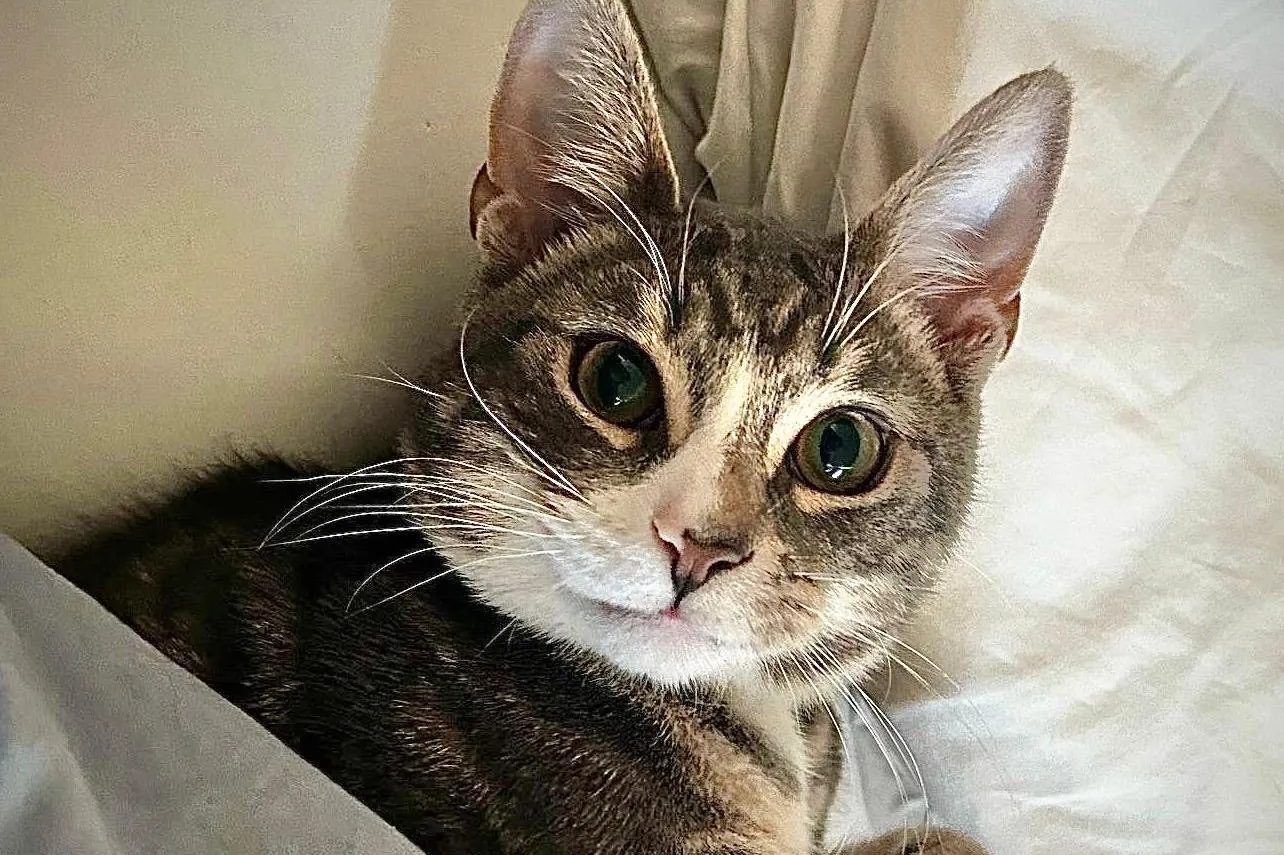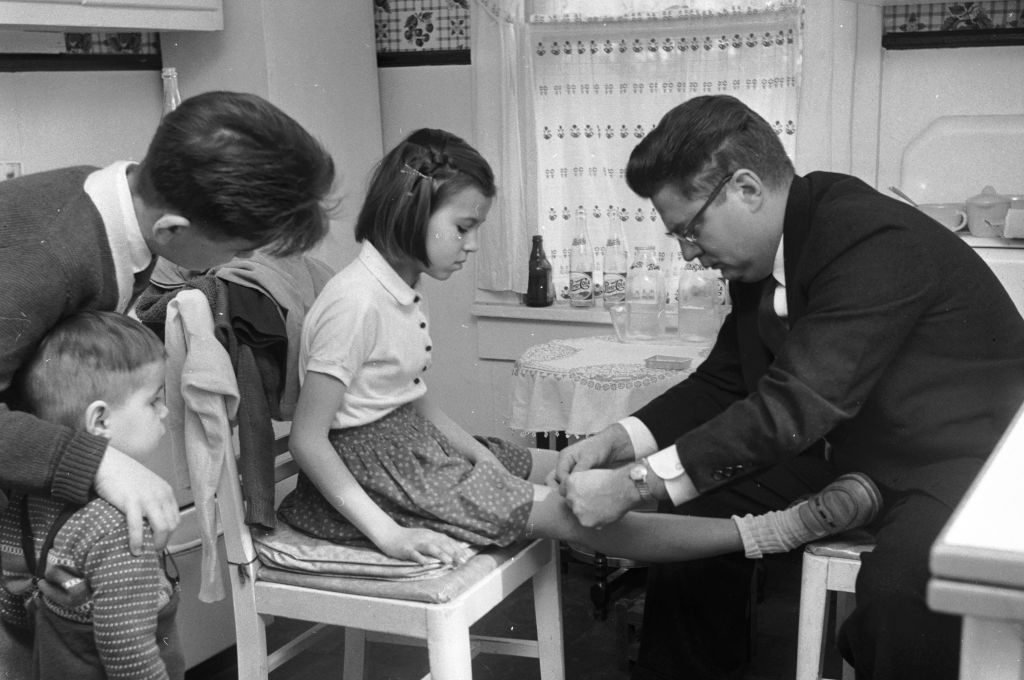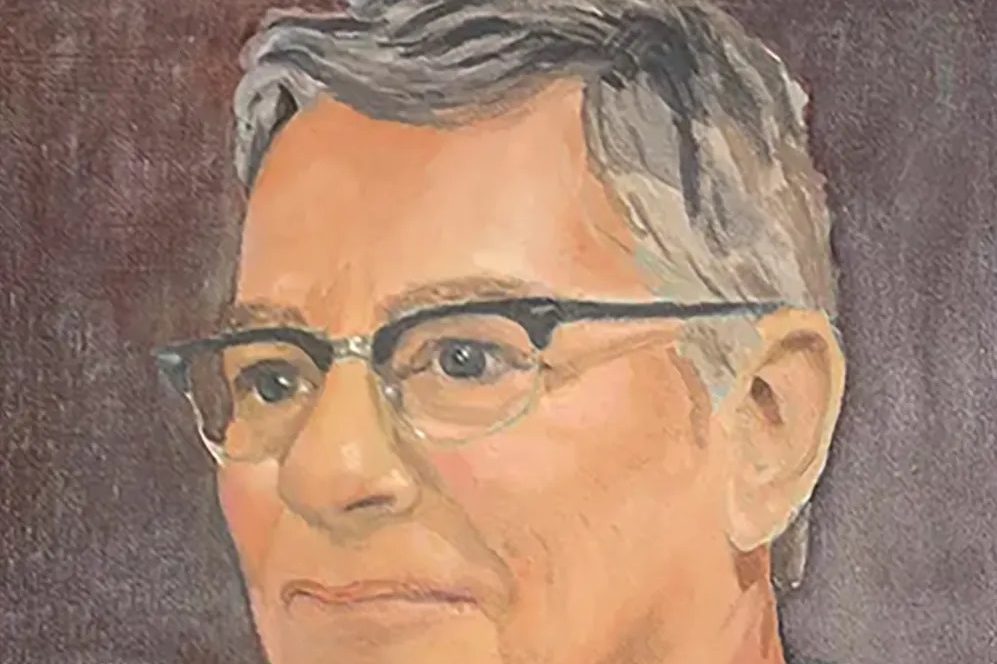I work on the back deck and must work quickly while I have the midday sun. The mixing bowl holds distilled white vinegar, quantity unknown; Dawn antibacterial dish soap, the blue one, quantity unknown; rags, four; toothpicks, innumerable; toothbrushes, medium bristle, two; a single sponge destined for the garbage by day’s end; a pipe cleaner that should return to its post next to the sink. The target is mildew. The spots are irregularly shaped. If they appeared on your skin, you would bypass the dermatologist and head straight to the oncology ward, but against the firm cotton and rough polyester, they are mesmerizing. I concentrate as I scrub. On closer inspection they are not irregular, but pointillist. I am at war with a poisonous Seurat. That oncologist metaphor is off: this is an autopsy. I am dictating into the phone next to the toddler car seat I have brought up from storage. I may be dehydrated.
Number five’s legs have been smashing up against the seatback for months. There must be something about tucking one’s knees to the chest that increases the exit velocity of feces, vomitus and urine. Is that question better suited for a biologist or a physicist? Mrs. McMorris and I have not put much thought to it. When we first had children, we were young and acrobatic, capable of removing car seats from a coupe after any eruption; now we are numb to bodily fluids, but acutely aware of the joint pain that accompanies car-seat removal even from a minivan. So, we watched her feet inch up, the knees contort, diaper blow out. We brushed and dabbed when necessary with whatever was lying around. Some water on a loose napkin is sufficient for what once demanded a bleach wipe. The hard-earned wisdom of raising children at least inured us to Covid hysteria.
But nothing can totally protect you from Big Safety. By some estimates the car-seat racket is a $4 billion business, twice what it was in 2015. Experts expect it to double again by 2032 even as birthrates collapse. Anyone who has paid attention to the cult of safety can see why Graco’s stock price has doubled since 2018. Every few years lawmakers read a report about unsafe car seats — it was auto accidents when I was in college, toxins when #1 arrived, auto accidents again by #5 — and declare that parents must fork over larger piles of money to the same manufacturers who endangered children’s lives the year before. The minimum age and weight for moving beyond the booster creep upward. The West may lack for babies, but the mothering instinct has not gone away; it intends to stalk your infant into adulthood. Automakers and insurers must be in on the game, too. Boosters expand, but your backseat stays the same. My mother was pregnant with her fifth when she got her minivan. We outgrew the CRV by the time #3 was a month old.
The toddler seat’s mildew is the least of our problems; the infant seat bound for the pregnancy center is the challenge. The ingredients and tools are the same. The target is unknown. The color varies — here it is white, there putrid ochre, is that purple? It is beyond abstract — a postmodernist has tapped into the minds of Dalí and Dante and Bosch while on LSD and used the car seat as canvas. The ochre ooze is somehow crusty. Pray tell, Graco engineer, why did you make so many slats on the underside? How could this substance have maneuvered vertically up these crevices? It is sentient. The pipe cleaner is lost. I don’t know whether the ooze or the crust claimed it. I am narrating my own autopsy. I was entangled in all those booster latches and baked to death in the midday heat, the first adult to die in a hot car. I am definitely dehydrated. A memory emerges as I gaze upon that living, crusty ooze.
Mrs. McMorris and I were heading to a church lecture to hear a husband-and-wife counseling duo discuss temperaments. Mrs. McMorris had read their book and discerned that I was a “St. Peter,” rock-like and liable to fall asleep when most needed. I had not read the book, but I did get T-boned on the drive there and discerned that Mrs. McMorris is also a “St. Peter”: if provoked she would happily waylay inattentive drivers with a sword. The police officer was polite, but we were not in the clear: “You have to replace those car seats.”
The stiff padding beneath the abrasive cover and above the maze of crevices is good for only one accident. The seat may look fine but the lobbyists over at Graco, Geico and GM know they can shake you down for another few hundred dollars with each fender-bender. Police officers are not the only officials deputized by Big Safety to snoop on the unsuspecting father. When our eldest was born we could not take her home until a Chicago firefighter corrected our deficient latch job. When #3 came around, a Fairfax County firefighter, impressed as he was with our expert latching, could not sign off because our seat model had expired — for objects made of plastic that won’t decay for millennia have a shelf life of six years.
I am hydrated now. The vinegar and Dawn have done their work. The seat is at the center. It doesn’t hit me until the drive home. We spent a decade laughing at Big Safety’s mandates, ditching the harnesses and boosters at our leisure, but we kept #5 rear-facing longer than her siblings. The eldest is three years away from driving herself, which is why I’ve started obeying the factory demands designed to enrich mechanics and their lobbyists. The coolant and cabin air filters need changing, and they will for the rest of our lives. But to clean a car seat is no mere act of maintenance; it is an adventure into the unknown, and not just because of some novel ooze. And now — provided Graco hasn’t moved up the expiration date — it is destined for some strange coupe, and it’s not just the pipe cleaner that is gone forever.
It was an autopsy, after all.
This article was originally published in The Spectator’s March 2024 World edition.


























Leave a Reply